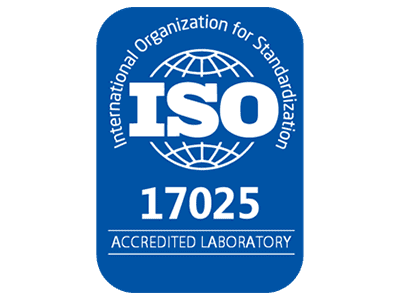Borderless multi-channel banking has emerged as the norm in India’s banking world as banks must provide interactive, consumer-targeted services to its retail, corporate and rural clients via alternate channels like mobile, net-banking, micro-ATM, Tab Banking, digital lending channels, and ecommerce integrations.
In the digital era, the customer expects high quality of products and services at enhanced speed which means not only the front end but also the back end needs to deliver a faster outcome. The importance of software quality assurance (QA) testing has risen tremendously. As these services need to be available round-the-clock, running automated tests has become essential for banks.
Automated testing or robotic test automation (RTA) offers a range of benefits to banks. Besides running tests faster (than humans), RTA ensures tests are repeatable, reusable, customizable, comprehensive, and can be carried out concurrently. For banks, bots can perform QA testing with high precision without getting tired—functioning round-the-clock.
The current scenario
When it comes to deployment of bots in the banking world, two scenarios can be commonly observed. Like in the case of many organizations, banks employ quality assurance testing (fully automated or otherwise) for their post-production testing needs. Role of bots is rarely perceived as essential in the pre-production phase.
In a few other cases, while banks deploy robotic automation for pre-production as well as post-production, these tasks are handed over to multiple entities (or tools)—at times commissioned by different people within the bank.
A few forward-looking banks, however, can be seen combining the two—trying to achieve synergistic advantages of both the processes—pre-production and post-production with a ‘Bot First’ approach.
A customer journey
A bank offers multiple services to customers across various digital alternate channels including, mobile, net-banking, micro-ATM, Tab Banking, digital lending channels, and ecommerce integrations. Delivering each service involves a play of complex ecosystems comprising plethora of systems, networks, application stacks, and third party services, besides diverse user devices, OS options, data connections, and screen sizes. A slight error in functioning of any of these aspects at the backend—or customer front-end—can lead to transaction failure, affecting customer satisfaction.
From RTA standpoint, every transaction that a customer carries out, such as fund transfer via UPI, NEFT or IMPS channel, is akin to a journey involving multiple systems. A bank CIO is interested in ensuring the smooth functioning of the entire customer journey across multitudinous technologies and services—at the backend as well as customer front-end.
The Bot First approach
Robotic testing in banking with a Bot First approach in pre-production involves commissioning robots right from the beginning of the test cycle. When a bank carries out the first round of QA testing of its customer journey across the IT ecosystem, a bot gets configured.
Since bots are involved in QA testing from day 1, it learns about (and very soon masters) each piece of the customer journey. As multiple bots can be commissioned in parallel, they can traverse the entire spectrum of customer journeys collectively developing a sound understanding of every possible error and symptomatic diagnostics to avert future errors.
All this knowledge acquired over multiple rounds of testing can prove useful in the post-production phase.
The synergy
Even though the real test of a system happens when tires meet the tar, the journeys travelled by robots to test a banks’ systems during pre-production phase, are not too different from those in the post-production phase. For example, the customer on-boarding journey during pre-production phase is similar to the post-production journey (of on-boarding).
In the post-production phase, certain processes are systemic while some involve manual operations. All the structured and repetitive processes can be automated using robotic process automation (RPA) bringing in a near-symmetry to customer journeys in the pre-production and post-production phases by bring RPA into operational process.
Incremental advantages
A combination of RTA in pre-production and RPA in post-production can offer several advantages to a bank. As customer journeys in both phases are similar, many test components created in pre-production can be reused in post-production, thus, saving time, costs and efforts for the bank.
When a single service provider shoulders the responsibility of smooth functioning of both the phases (pre-production and post-production), a harmony of systems can be achieved as RTA and RPA tools can be homogeneous.
The merger of the two phases eliminates the internal collaboration challenges of the bank as a single team can supervise the entire bot management process end-to-end. The vendor management hassles diminish as CIO’s office has to manage one vendor only.
Getting started
The banks looking to achieve such synergistic benefits should identify a third party service provider with established track record on both sides of the spectrum—pre-production as well as post-production. Lastly, even though a big bang approach has its own advantages, starting slow and scaling up is advisable to keep costs and risks low.
Vivek Porwal is Senior VP & Delivery Head – Banking, QualityKiosk
Article first published in CIO



